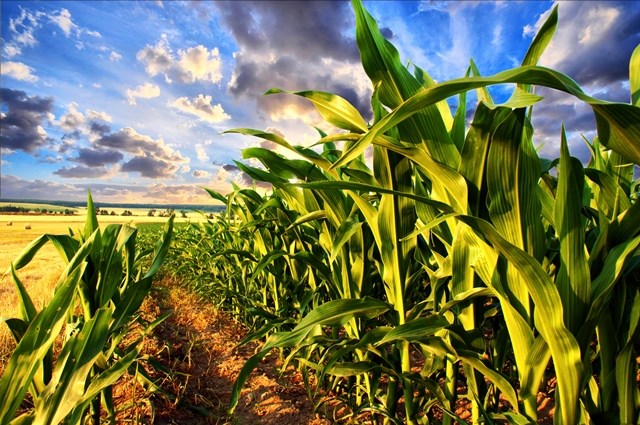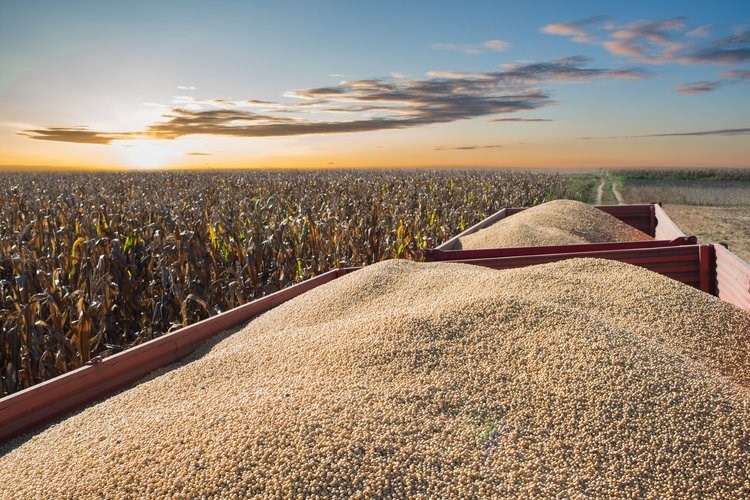Live webinar recording
Now more than ever, raw material price spikes and disrupted supplies are creating a need to utilise grains to their full potential.
Nutritional losses due to microbes consuming valuable nutrients must be prevented through effective preservation. Physical loss of nutrients during storage and transport needs to be minimized. And shelf-life extension is necessary to safeguard investments for a longer period.
Pieter Steyn, Global programme manager for the Raw Material Quality programme shared his knowledge and experience during a live webinar. If you were not able to join, please watch the recording here.


